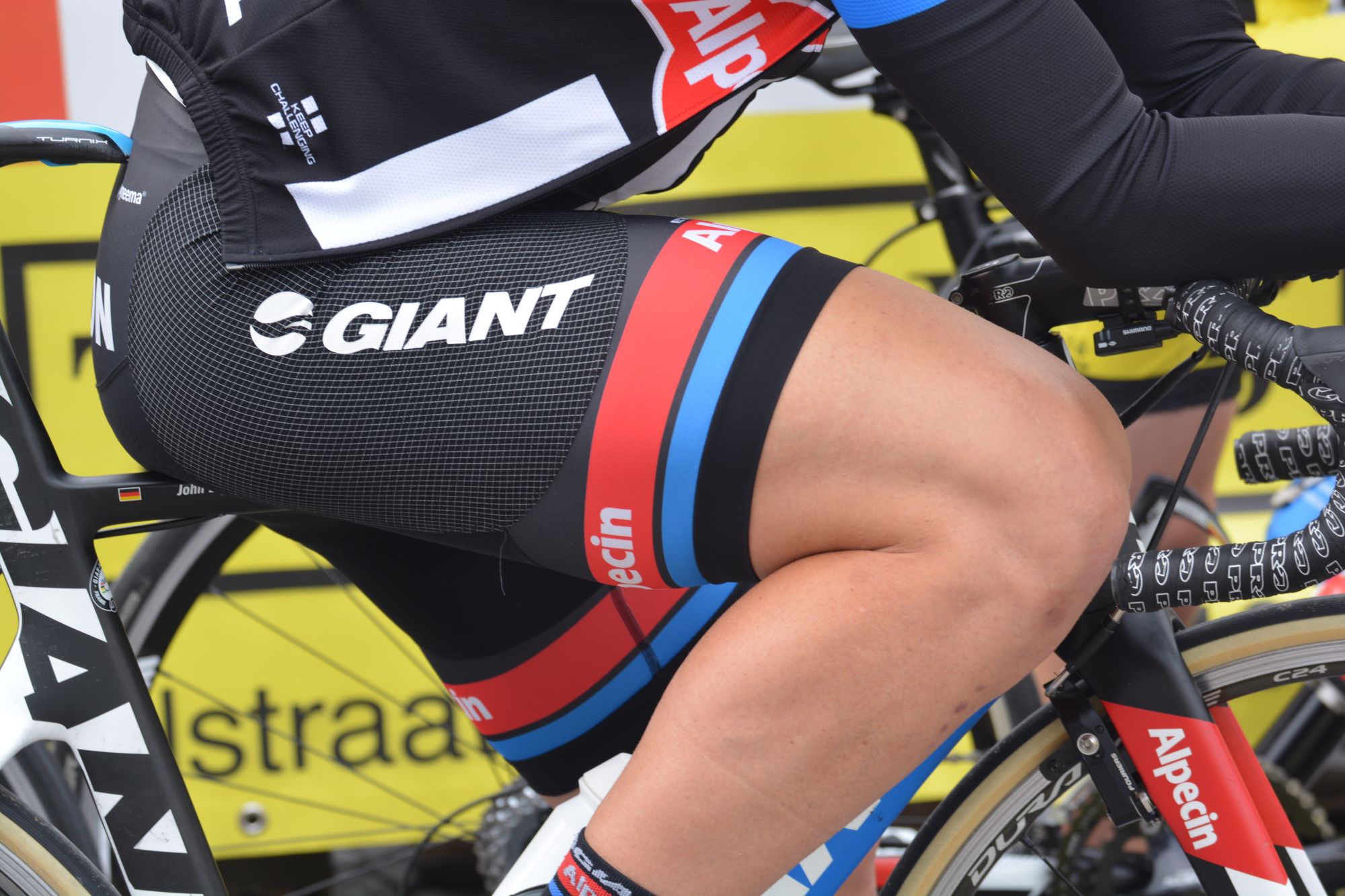Whether you’re a seasoned cyclist or a regular at our indoor cycling classes, injuries can sideline your progress and dampen the joy of riding. The good news is, many common cycling injuries are preventable! Understanding the most likely culprits, proper bike setup, and smart training habits can keep you riding strong for miles to come.
Common Cycling Injuries
- Knee Pain: Often stems from a too-high saddle, improper cleat position, or overuse.
- Lower Back Pain: Can be caused by a too-long reach to the handlebars, weak core muscles, or overtraining.
- Neck & Shoulder Strain: Result of a handlebar position that’s too low or a tense upper body while riding.
- Saddle Sores: Painful and frustrating! Caused by friction, improper saddle choice, or poor bike fit.
- Numbness & Tingling in Hands/Feet: Often due to excessive pressure on nerves from handlebar position or ill-fitting shoes/cleats.
Cycling Injury Prevention Strategies
- Get a Professional Bike Fit
This is the single best investment for injury prevention. A trained fitter will analyze your position on the bike and adjust: - Saddle height and setback
- Reach to handlebars
- Cleat position (if using clipless pedals)
- Warm Up & Cool Down
- Before Your Ride: 5-10 minutes of light spinning, dynamic stretches (arm circles, leg swings) primes your body.
- After Your Ride: Static stretches (holding poses) improve flexibility and reduce post-ride tightness.
- Build Strength Off the Bike
- Core Work: A strong core supports good posture on the bike. Planks, bridges, and exercises targeting obliques are beneficial.
- Hip & Glute Strength: Weak hips can lead to knee issues. Exercises like clamshells, lunges, and squats are helpful.
- Don’t Neglect Your Upper Body: Light strength training 2-3x per week improves bike handling and reduces neck/shoulder strain.
- Listen to Your Body
- Pain vs. Soreness: Aches that disappear with warm-up are different from sharp pain that persists. Don’t ignore persistent pain – it’s your body signaling something’s wrong.
- Rest Days are Crucial: Overtraining is a major cause of injuries. Allow for full recovery days or active recovery (light cross-training).
- Adjust Your Training Gradually
- The 10% Rule: Don’t increase your mileage or intensity by more than 10% each week to allow your body to adapt.
- Periodization: A structured training plan with built-in recovery weeks reduces overuse injury risk. Consider working with a coach if you’re training seriously.
- Gear Check
- Saddle: The right saddle is crucial for comfort and preventing saddle sores. Your sit bones should be supported without excess pressure.
- Shoes & Cleats: Properly fitted cycling shoes and cleats optimized for your feet prevent hot spots and numbness.
- Pain that doesn’t improve with rest
- Numbness or tingling that persists off the bike
- Swelling or instability in a joint
When to See a Professional
If you experience any of the following, don’t try to self-diagnose:
Seeking help from a physical therapist or sports medicine doctor specializing in cycling injuries can get you back on the bike faster and stronger.
Ride Smarter at Attack Cycle Lab
Want to prevent cycling injuries and boost your performance? Our expert cyclists and informative blog resources will guide the way!
Let’s keep you injury-free and crushing your cycling goals!

